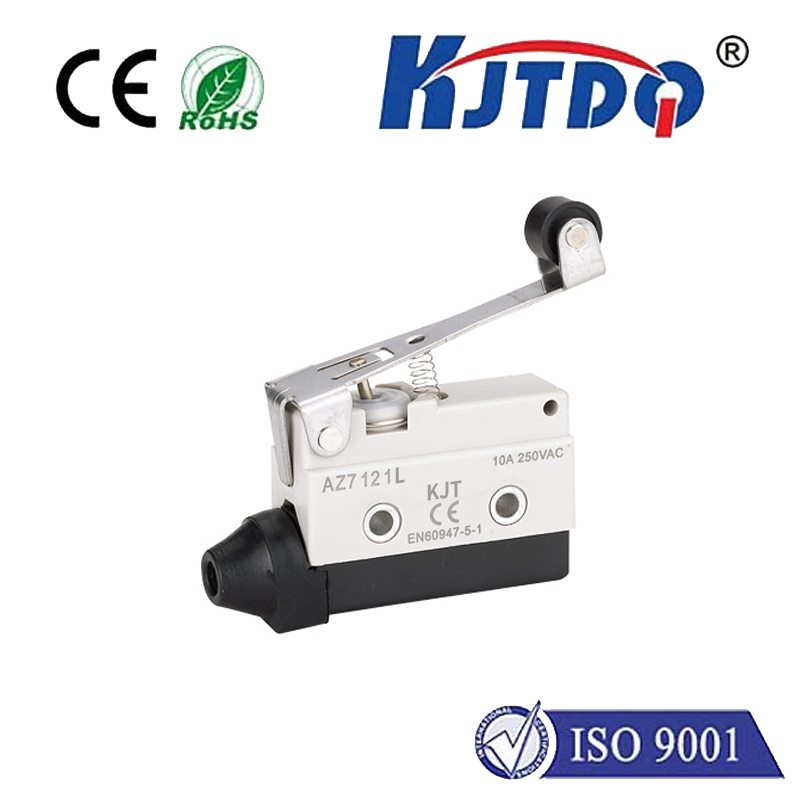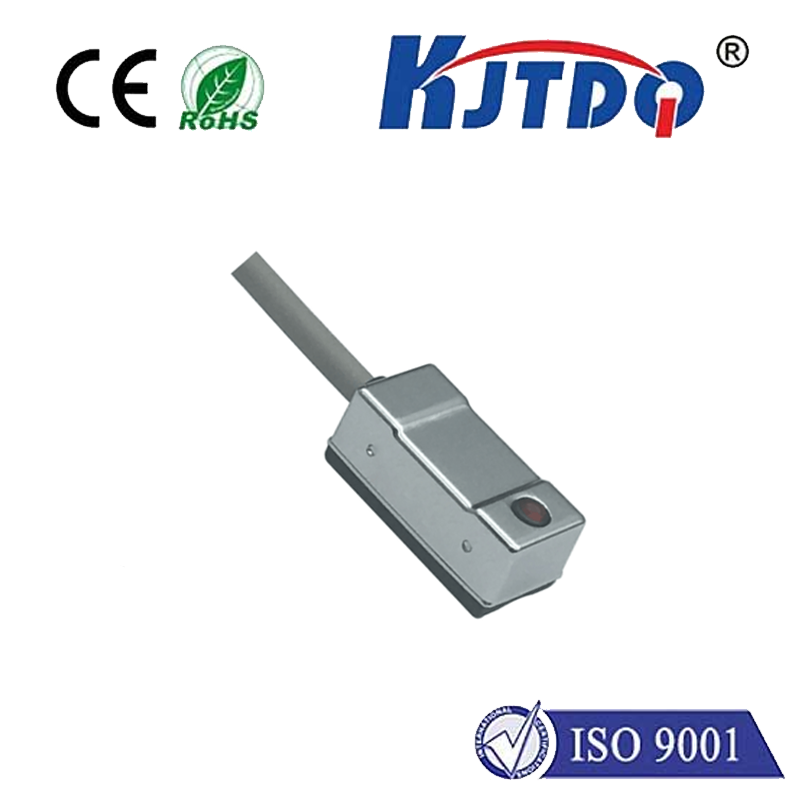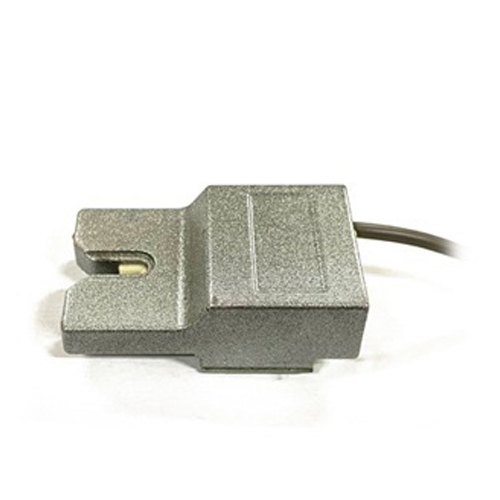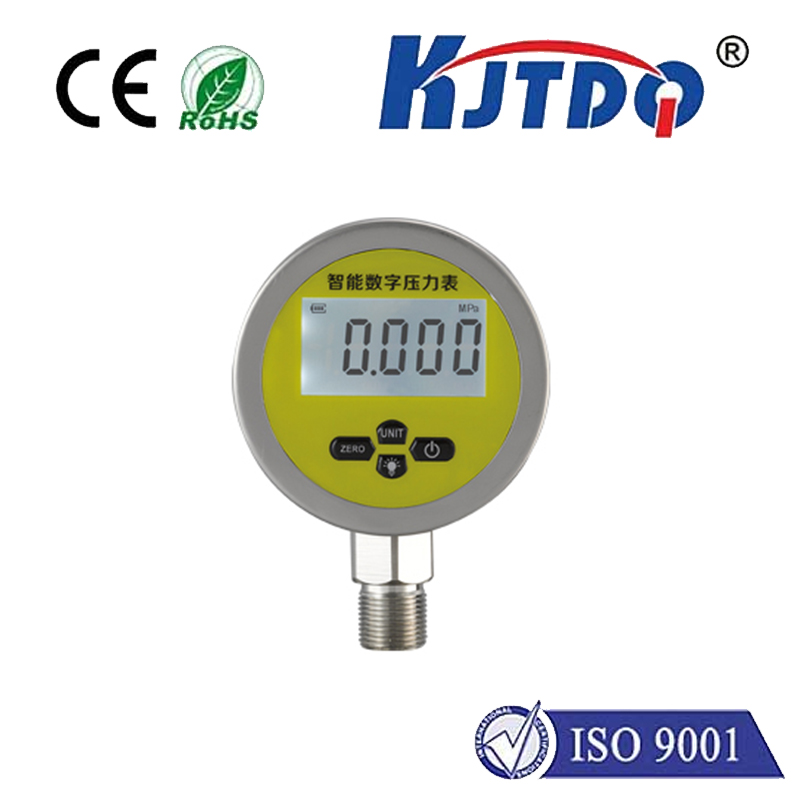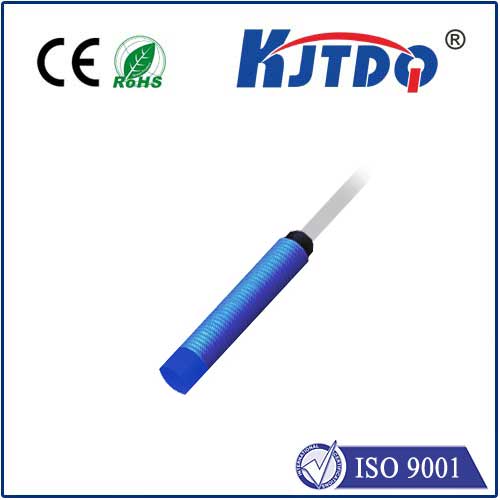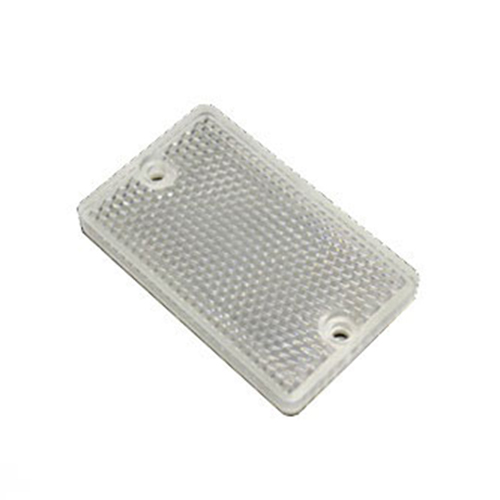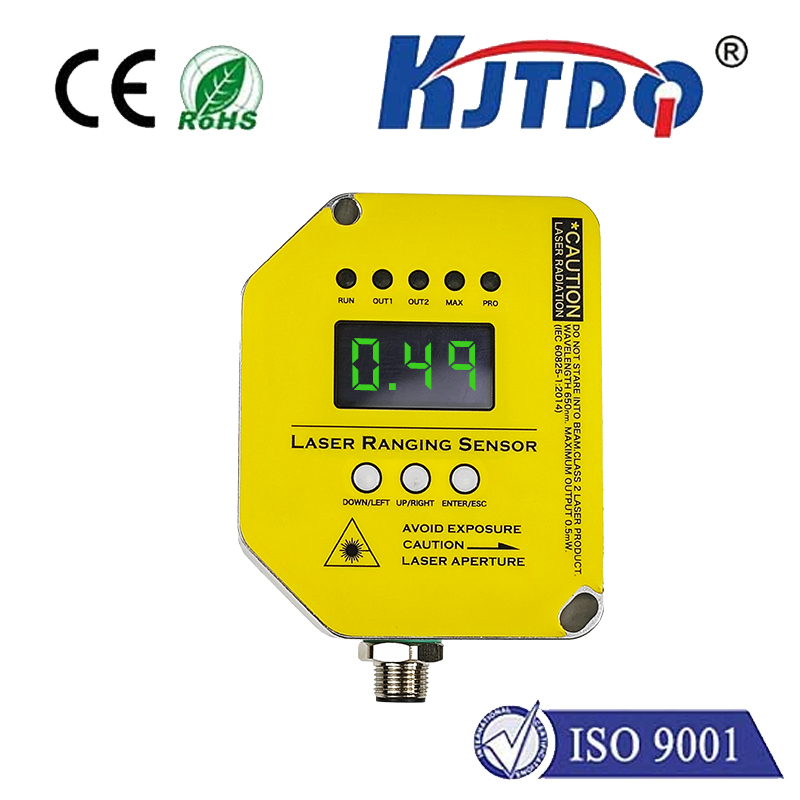

check

check

check

check

check

check

check

check

check

check
That shudder as you cruise on the highway. The unexplained drop in fuel economy. Or perhaps the gearbox seems hesitant, slurring its shifts when you expect crisp precision. While your mind might jump to major transmission woes, the culprit could be far smaller, yet immensely critical: the Torque Converter Clutch (TCC) Solenoid often referred to within the industry as the TCM Sensor or TCC Solenoid Sensor. This unassuming component is the linchpin of efficient highway driving and smooth operation in modern automatic transmissions.
Nestled within the transmission valve body and governed by the Transmission Control Module (TCM), the TCC Solenoid is essentially an electro-hydraulic switch. Its primary mission? To precisely control the engagement and disengagement of the torque converter clutch. Think of the torque converter as the fluid coupling connecting your engine to the transmission. Initially, it allows slippage for smooth starts and gear changes. However, once cruising speed is reached, this slippage becomes inefficient, wasting energy as heat and sapping fuel economy. This is where the TCM sensor plays its starring role.
Upon receiving a command signal from the TCM based on inputs like vehicle speed, engine load, throttle position, and gear selection, the TCC solenoid modulates hydraulic pressure. This pressure directly actuates the torque converter clutch mechanism. When engaged, the clutch physically locks the engine’s crankshaft to the transmission input shaft, essentially creating a direct mechanical connection. This lock-up eliminates torque converter slippage, delivering significant benefits:

The TCM sensor’s role is deceptively complex. It doesn’t just flip on and off like a simple light switch. Modern transmissions often demand precise, variable control of clutch engagement pressure. Some systems utilize Pulse Width Modulated (PWM) solenoids, where the TCM rapidly cycles the solenoid on and off. The ratio of “on” time to “off” time (duty cycle) dictates the average hydraulic pressure applied, allowing for smooth, graduated clutch application rather than a harsh lock-up. This delicate modulation is key to preventing driveline shock and ensuring seamless transitions.
Given its critical function, a failing TCC solenoid can manifest in several noticeable ways. Recognizing these signs early is crucial:
Diagnosing a suspect TCC solenoid requires more than just reading trouble codes. A skilled technician will perform a comprehensive evaluation:
Replacement involves accessing the transmission valve body, typically requiring pan removal and sometimes partial disassembly. Using OEM or high-quality replacement solenoids is highly recommended, as these components operate under demanding conditions. Crucially, a transmission fluid and filter change is almost always performed simultaneously during this repair. Contaminated fluid is a common cause of solenoid sticking or failure, and neglecting it can doom a new solenoid prematurely. This integrated approach – sensor replacement coupled with fresh fluid/filter – is vital for a lasting repair.
The TCM sensor, or TCC solenoid, embodies the intricate synergy of electronics, hydraulics, and mechanics within a modern automatic transmission. It’s a relatively small component tasked with a monumental job: seamlessly bridging the gap between hydraulic fluid coupling and direct mechanical drive. By managing torque converter lock-up with precision, it unlocks crucial efficiency and refinement. When this sensor falters, the symptoms are unmistakable and demand attention. Recognizing its role and the signs of its failure empowers drivers to seek timely diagnosis and repair, safeguarding both their transmission’s health and their driving experience. Its silent vigil over your transmission’s efficiency is fundamental to the smooth, economical journeys we often take for granted.
